The biggest fashion trends to look out for, according to a Vogue editor
As the pendulum of global economics continues to swing, one Vogue editor predicts we’re poised to see wild fashion that reflects our wild world.
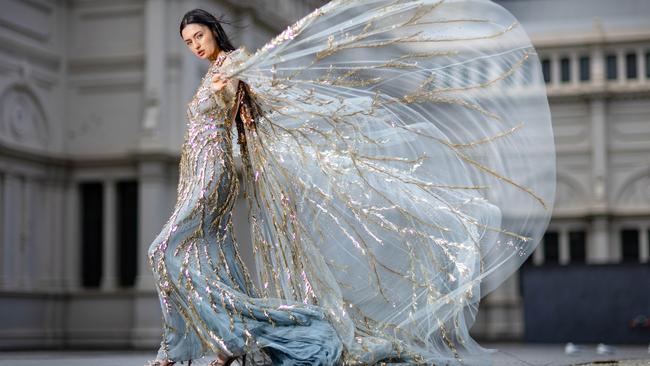
London has long been a place where fashion’s changemakers cut their teeth, and Torishéju Dumi is one of them. The designer, who completed a masters degree at Central Saint Martins in 2021 and presented her first solo runway show in 2023, is a nominee for the revered LVMH Prize this year.
“Last year, I was in many different mindsets and consumed a lot of world news that was both devastating and overwhelming,” she says of the lead-up to her spring/summer ’25 collection, which was themed around a historical sinking ship. Majestic silk dresses and skirts with bustles were torn and dishevelled, with glittering tear marks drawn down models’ stoic faces. In spite of these darker undertones, the effect was one of beauty and joy. “Despite all this disaster [in the world], there was still a feeling of everything being shiny and beautiful,” Dumi says. “That juxtaposition between these two states is what intrigued me. The way disaster and luxury can coexist is often unacknowledged.”
Months later, fashion journalist and consultant Olivia Singer used her phone to pull up Torishéju’s look 20: a black puffy dress blown up to fantastical proportions. “This one feels so special and weird, but beautiful,” she says, gushing about Dumi. Also on her radar is two-year-old London label Ponte, creating sustainably produced, surrealist outerwear and tailoring. London-based Singer, contributing editor at British Vogue, knows the city’s emergent creative set. She sees a wilful anti-commerciality – in her words, garments “[not] motivated necessarily by how it might look on a rail” but the fantasy it concocts when worn. “It’s invigorating for me to see, and I’m very impressed by [it], when it is harder right now to be a younger designer than ever,” she says.

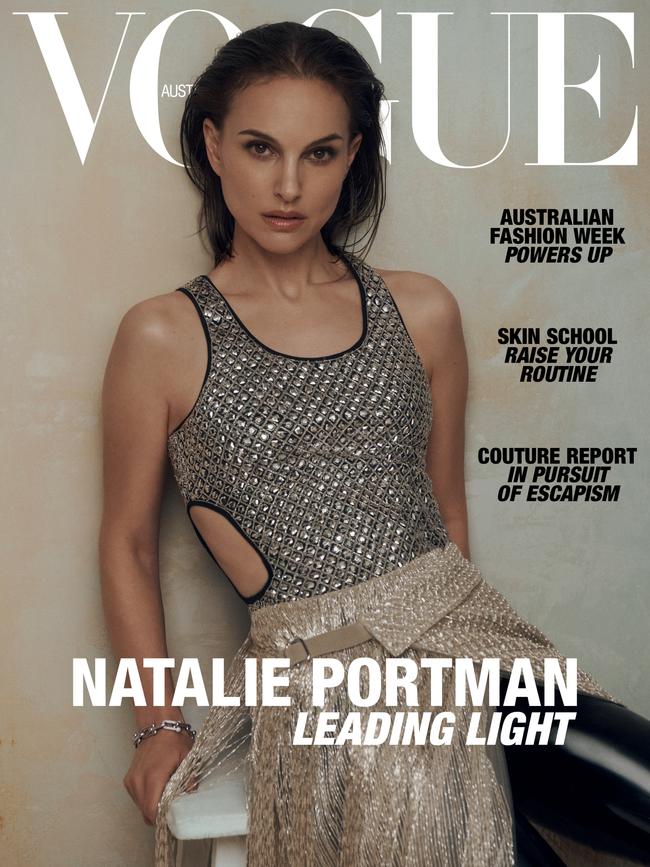
You can always see the state of the world reflected on the runway. Consider the excesses of bold shoulders in the finance-obsessed 80s that were swapped for minimalism in the recession-wracked 90s. Fashion in the 2020s has had a thread of subtle, understated elegance, designed to appeal to a globalised customer base while also guaranteeing commercial stability in an uncertain world. But halfway through the decade, a shift seems imminent. The standout spring/summer ’25 collections were bold and irreverent, united by a sense of fantasy against all odds, and visibly contrasting safer and more pragmatically minded collections on the fashion month calendar.
Brave ideas were visible in the work of celebrated new design talents, but also in the output of the largest fashion houses. Consider Hodakova, the Swedish label with a surrealist approach that manifests in upside-down dresses and skirts made of interwoven leather belts. It has become an industry-wide bellwether for sustainability. Dutch designer Duran Lantink has become one of the most talked-about designers of the past few seasons, for his oversized reimaginings of wardrobe archetypes. “It’s a constant form of experimentation,” he says. “You walk one path and then all of a sudden, it leads you to another path. It’s a continuity of finding new ways to present something that I, or we as a team, believe in.”
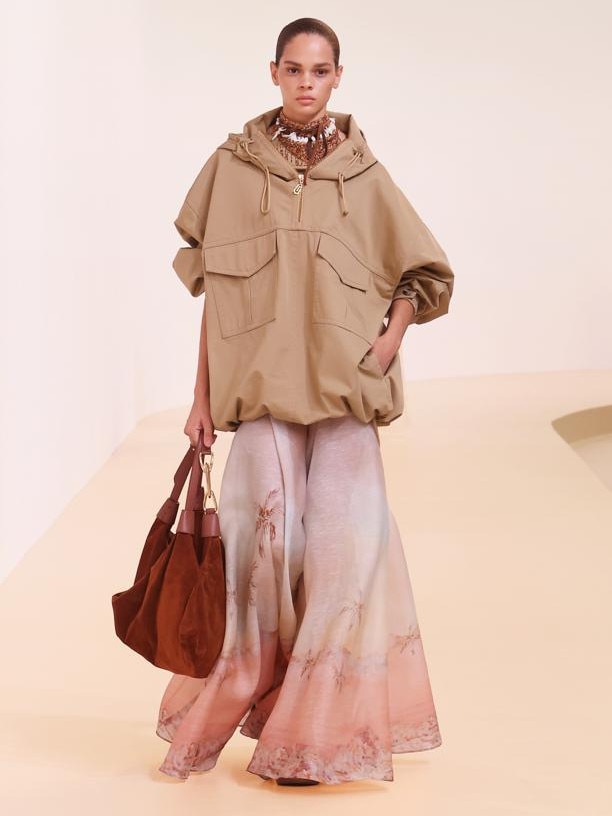
Themes of fantasy were also embraced by major houses, in contrast to the understated, commercially minded work that’s dominated seasons prior. At Prada, Miuccia Prada and Raf Simons’s madcap range teemed with clashing colours and kooky accoutrements, designed to evoke the mishmash of information on digital platforms. Alessandro Michele’s debut Valentino show took place in a dark room with eclectic clothes rendered as prized, one-off antiques, while Marni’s crinoline skirts and feathers evoked storybook characters come to life, driven by an idea of ‘impossible beauty’. An unafraid-to-be-weird energy, driven by a creative restlessness among influential designers, manifested in clothes that were wondrous but often hinted at deeper messages about the world.
It’s a visual shift that coincides with an industry in flux. At least 15 major houses have appointed new creative directors since October 2023, as fashion looks for new ways to entice customers in an unpredictable economy. In October, Matthieu Blazy, the Belgian known for his craft-focused tenure at Bottega Veneta, will debut at Chanel. His appointment represents a changing of the guard – Blazy, unlike his predecessor Virginie Viard who was hired within Chanel, has a distinct point of view, entirely his own – and is one of many changes that will shape how we dress in decades to come.
Some might see the embrace of anti-establishment and fantasy as unexpected, but author and journalist Dana Thomas says the changes in fashion reflect a larger shift. “No designer today has societal power like Coco Chanel and Christian Dior and Yves Saint Laurent had. None. Nor could they,” she says. “Because consumers are in charge. They dictate what’s in – everything, basically – and what’s out.”
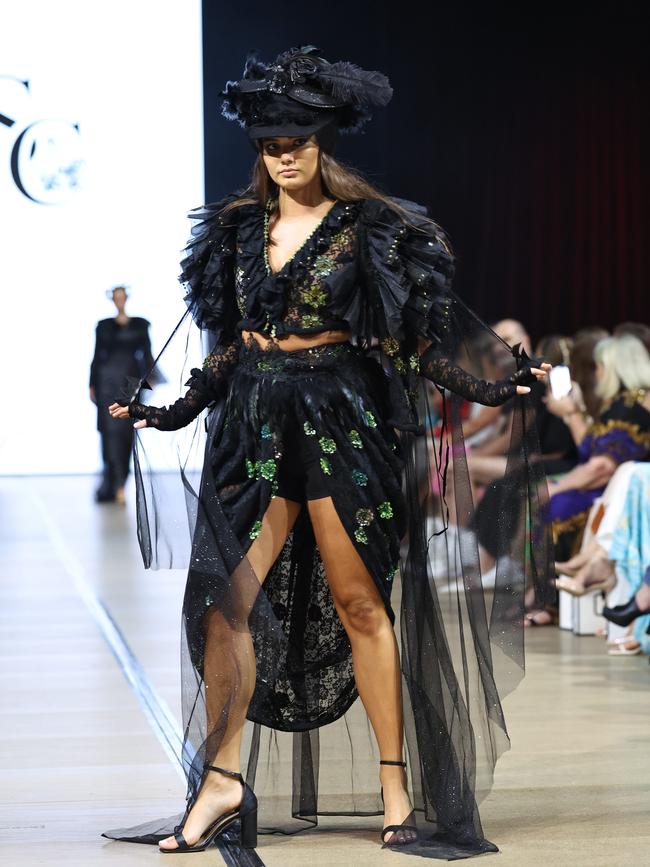

If fashion follows consumer sentiment, what are we feeling when demanding more offbeat choices? Brigitte Chartrand, VP of womenswear buying at Ssense, notes customers’ desire for individual expression in the labels they’re drawn to. “People are utilising dressing up as a way to express their personalities, and we’re seeing more people wanting to stand out,” she explains, adding that customers have eyes on Hodakova pieces, as well as JW Anderson’s whimsical saucer dresses and skirts. “We just launched Laura Andraschko, a buzzy young designer from Berlin, [whose] collection includes statement-making, knee-high, calfskin platform boots with a horsebit buckle.”
Designers like Andraschko, Dumi and Lantink represent a hankering among fashion’s newer designers to break with convention – a feeling also held by the industry cognoscenti. Take Marc Jacobs, whose courage-themed spring/summer ’25 show continued the exaggerated silhouettes that have become his signature. “Fear is not my enemy – it is a necessary companion to creativity, authenticity, integrity and life,” his notes read. Comme des Garçons designer Rei Kawakubo shared a similar declaration about the power of authenticity – the idea that the most tremendous change starts at the ground up – for her autumn/winter ’25/’26 show.

Singer says the scale of Jacobs’s brand, which operates a diffusion line and sells fragrances, gives him freedom to use the runway as an arena for potent messaging. “Seeing the absolute liberation from any outside constraints is particularly refreshing,” she says, adding emerging designers who don’t have the same safety net are making accommodations for themselves to present the most spirited work possible. “People [no longer] feel as though they have to show on schedule in accordance with the parameters of the fashion calendar, or the industry, in order to be relevant.”
Dumi, who showed one collection on the runway this year and last instead of the usual biannual schedule, embodies this mindset. She reflects on the state of the world when creating, and sees her work, as well as visionary collections by other designers, as fundamental to fashion’s evolution. “I believe it’s important for fashion, and for life in general, to constantly push boundaries,” she says. “This in turn gives others the space to dream, imagine and create.”
Those who fixate on how realistic these collections are for everyday wear are perhaps missing the point. Timeless clothes are available in abundance, but bold ingenuity, the kind unearthed during fraught times, will change what we wear in ways only time will tell. Where it will go is anyone’s guess, but when the world feels uncertain, these ideas make the future look increasingly bright. “‘Challenge’ might be too strong a word,” Dumi says. “I prefer to think of it as providing food for thought.”
This story is from the May issue of Vogue Australia. On sale now.

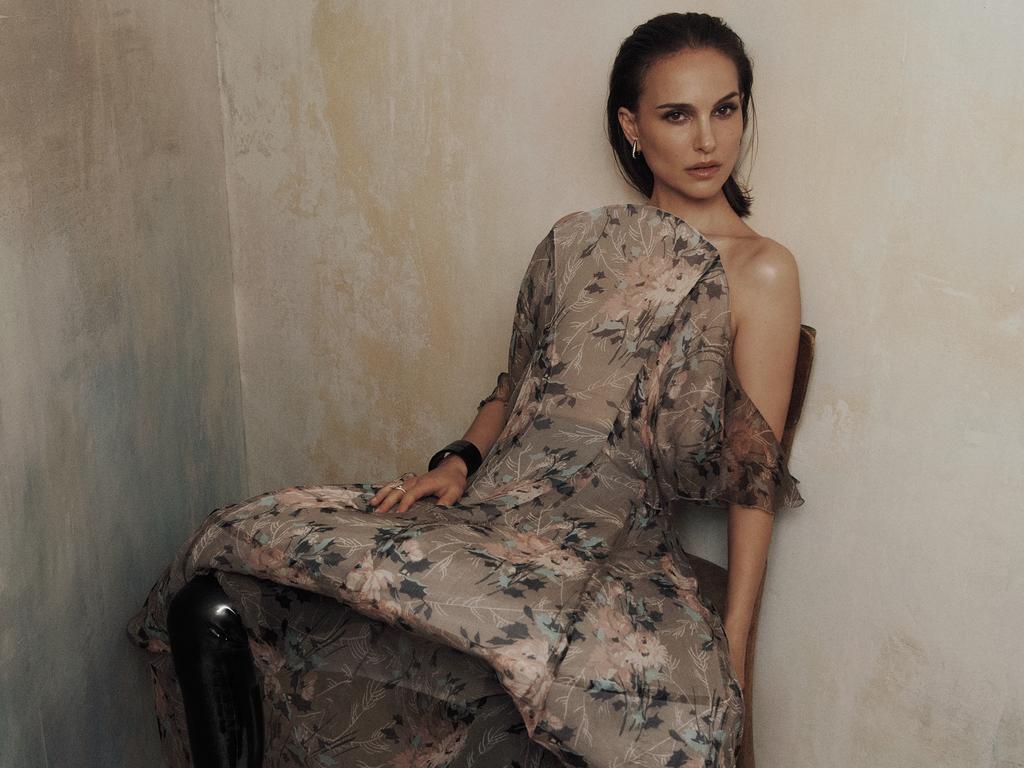


To join the conversation, please log in. Don't have an account? Register
Join the conversation, you are commenting as Logout